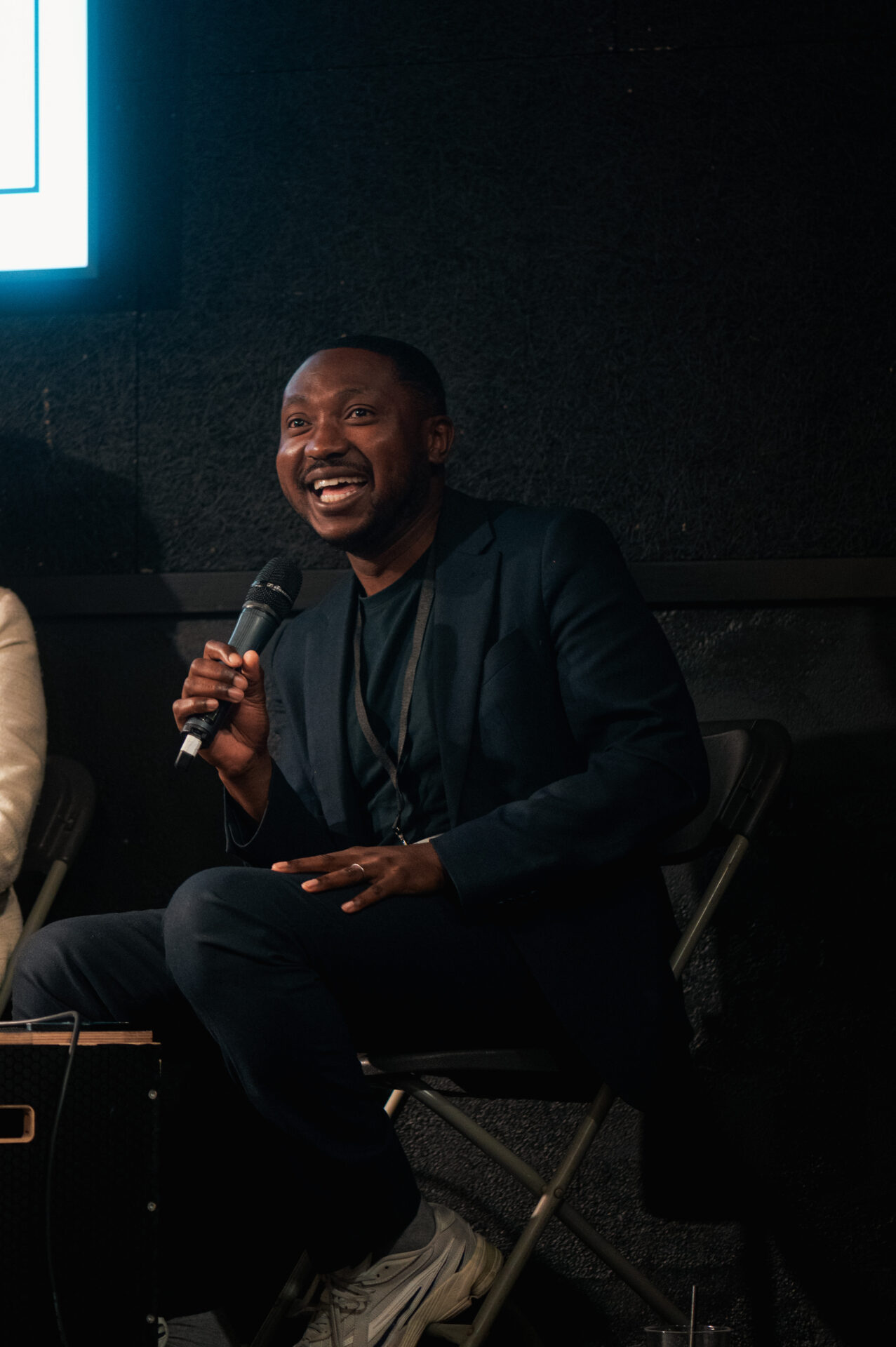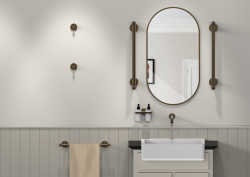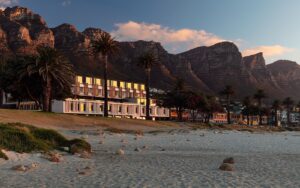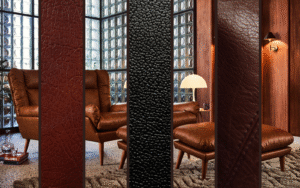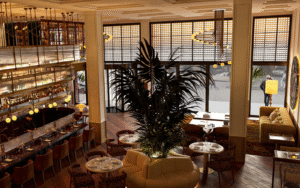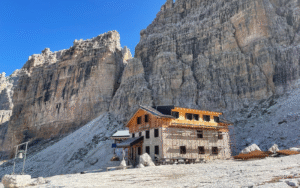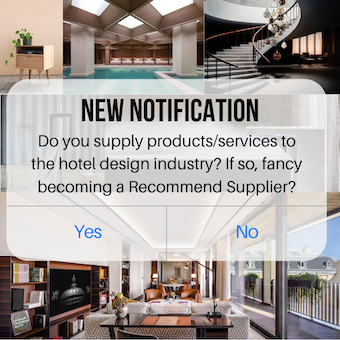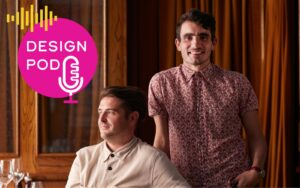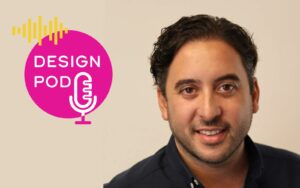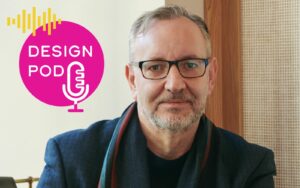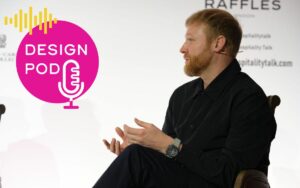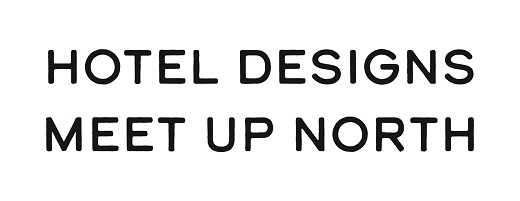Designing for neurodiversity took centre stage at MEET UP North 2025, as IHG’s Melissa Messmer and Adẹ̀kọ́ & Co’s Tolù Adẹ̀kọ́ joined Hotel Designs Editor Sophie Harper for the latest Accessible Design Talk…
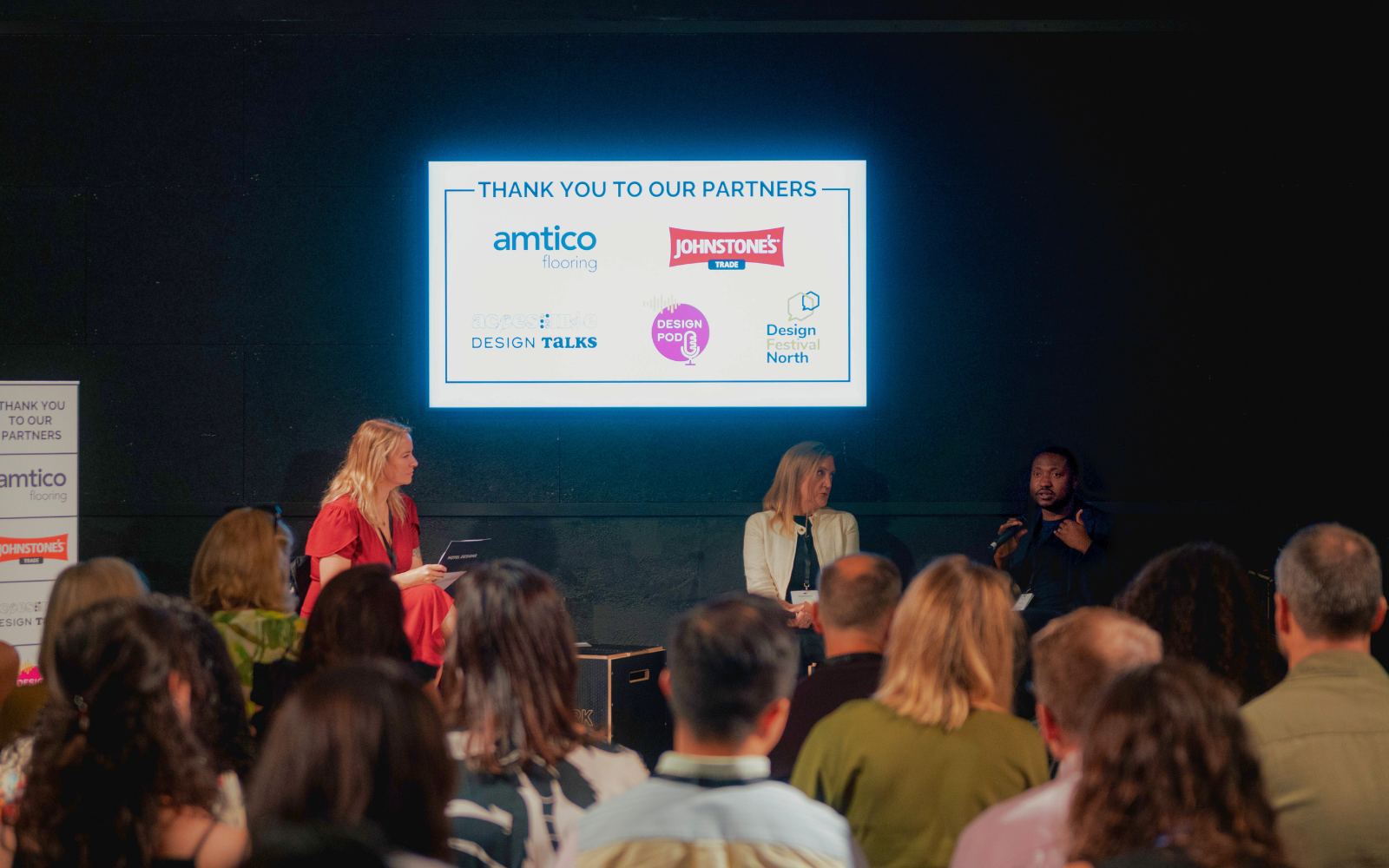
Launched to spotlight the gaps in accessibility within hospitality design, Hotel Designs’ Accessible Design Talks series began by exploring the challenges and opportunities of creating hotels for guests with physical disabilities. For the second instalment, which took place at July’s MEET UP North event, the focus shifted to hidden disabilities – with a particular emphasis on neurodiverse design.
Joining the conversation, headed by Hotel Designs Editor Sophie Harper, were Melissa Messmer, Global Head of Design for Luxury Brands at IHG, and Tolù Adẹ̀kọ́, Founder and Creative Director at Adẹ̀kọ́ & Co, who are collaborating on research to weave accessibility into InterContinental’s brand strategy.
Motivation for change – universality
Melissa and Tolù opened the discussion by highlighting their shared motivation: a recognition that accessible design remains lacking, particularly for the 35% of the global population affected by neurodivergent conditions.
To address this, InterContinental has worked with experts in neurodesign to study how spaces affect the brain. Unlike cultural or generational preferences, these findings are universal: all brains respond to light, sound, acoustics, textures, and patterns in similar ways. Designing with neurodiversity in mind, Melissa explained, not only benefits neurodivergent guests but also supports travellers experiencing stress or fatigue, creating calmer, more welcoming environments for all.
While Tolù stressed the value of working with inclusive design specialists such as MotionSpot to integrate functional accessibility seamlessly into interiors. The challenge, he admitted, lies in balancing aesthetics with practicality – too often accessible bathrooms, for example, are purely utilitarian. The goal is to make accessibility features organic and discreet so that no guest feels singled out.
Melissa added that many design barriers persist in hotels simply because ‘that’s how it’s always been done’. The real challenge, she argued, is breaking those ingrained habits and reimagining spaces so accessibility and guest experience are no longer at odds.
Breaking barriers beautifully
Tolù suggests thoughtful design decisions, such as earthy tones in colour palettes, attention to lighting, and natural textures, to make spaces comfortable and engaging for neurodiverse guests, without being over-designed.
He emphasised the importance of lighting, particularly its role in productivity during the day and relaxation at night. His team has even collaborated with experts from Timeshifter to study astronaut lighting strategies and apply them to hotel guest rooms. These strategies help regulate circadian rhythms, supporting both work and rest in the same space.
Melissa added that while technology is advancing quickly, especially with lighting and sleep-related design, progress depends on suppliers partnering with designers to innovate.
She highlighted the need to move beyond standard catalogue products, which often look institutional, and instead create beautiful, multifunctional elements. For example, grab bars could double as towel rails, blending seamlessly into luxury interiors while still serving their functional purpose.
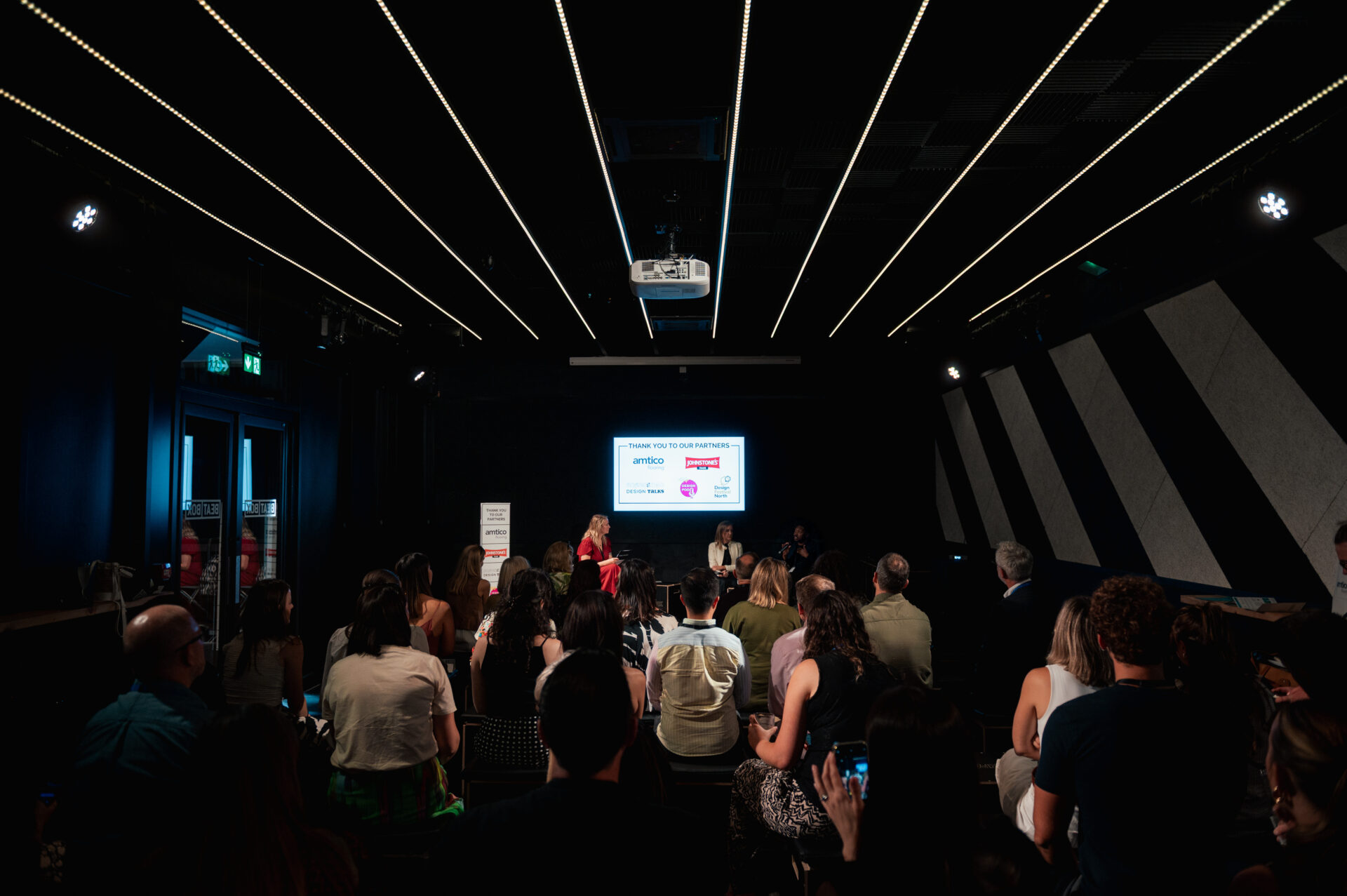
Image credit: Roscoe Rutter
Designing for neurodiversity vs. physical disability
The difference, Melissa noted, is that physical disability design is about preventing accidents and enabling mobility, whereas neurodiverse design focuses more on comfort and sensory experience. Because of this, it can be harder to justify the additional cost to hotel owners, who may not immediately see the return on investment. However, she stresses the importance of education, demonstrating the value proposition through case studies.
For example, by creating comfortable and calming environments, guests are more likely to linger in restaurants or lounges, purchasing more food and drinks. This is what Melissa refers to as the ‘Starbucks effect’: Starbucks intentionally designed comfortable coffeehouses, which encouraged people to stay longer and spend more. The same principle applies to hotels – investing in inclusive, neurodiverse-friendly environments can directly translate into higher profitability.
Incremental change
Melissa stated that accessibility and neurodiverse-friendly design do not always require full-scale renovations. Often, meaningful improvements can be achieved through smaller interventions such as adjusting lighting, introducing appropriate materials, or rethinking sensory elements.
She urged the importance of addressing all five senses in hospitality design. For example, soundscapes – what kind of music is playing – can either soothe or overwhelm guests. Similarly, scents pumped into hotel lobbies or public areas must be carefully considered, as they can trigger discomfort for neurodivergent individuals. By refining these sensory details, hotels can enhance guest experiences in subtle yet powerful ways.
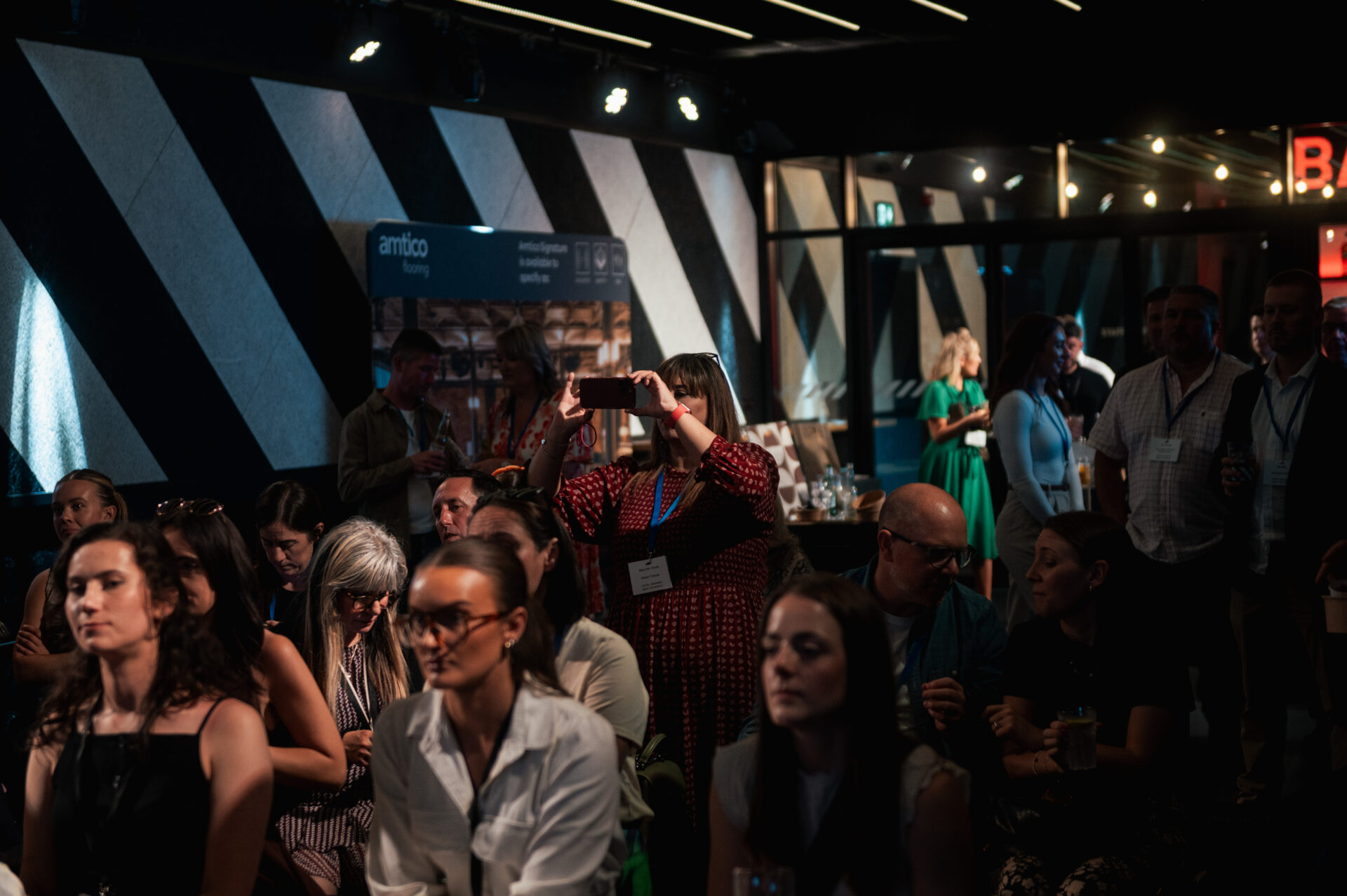
Image credit: Roscoe Rutter
Measuring, expanding and value engineering
Rounding out the conversating, Tolù noted that, even for brands spearheading neuro-inclusivity within design, such as InterContinental, it is still early days, as new accessibility-focused designs are yet to be rolled out across multiple properties.
The consultancy MotionSpot has already reviewed InterContinental pilot designs, however, and has reported clear benefits, even before wider adoption. The goal is to refine these changes, apply them to more properties, and measure impacts on metrics such as guest satisfaction, food and beverage intake, revenue, and length of stay.
In the meantime, InterContinental is incorporating neurodiverse design considerations into guidelines, encouraging designers to implement low-cost, high-impact improvements like tuneable lighting and thoughtful material choices. The most significant standard under review concerns the number and design of accessible rooms. For wheelchair accessibility, spatial requirements are increasing due to larger mobility devices, while for neurodiversity the focus lies more on sensory and material choices than on space itself.
Sophie concluded that inclusive design also represents a major commercial opportunity, often referred to as the purple pound – the spending power of disabled individuals and their families, with the UK’s ‘purple pound’ estimated at £274 billion. Guests are more likely to choose hotels that prioritise inclusivity, giving businesses both a moral and financial incentive to improve.
Want to join the next accessible design conversation?
The third Accessible Design Talk is taking place at the Independent Hotel Show London, on 7th October at London Olympia. Hosted by Hotel Designs, Editor Sophie Harper will be leading a conversation on ‘Clear Communication’, which will address what independent hoteliers need to do to attract disabled customers to their hotels, by ensuring their accessible services are communicated clearly in the first place.
Join Sophie and guests for a panel discussion and interactive think-tank exercise to ensure you’re not missing the opportunity to attract a more diverse group of customers to your business. 1.45 – 2.30pm on the Social Business Stage, front and centre of the Social Business Space. Register for your IHS 2025 ticket.
Main image credit: Roscoe Rutter







